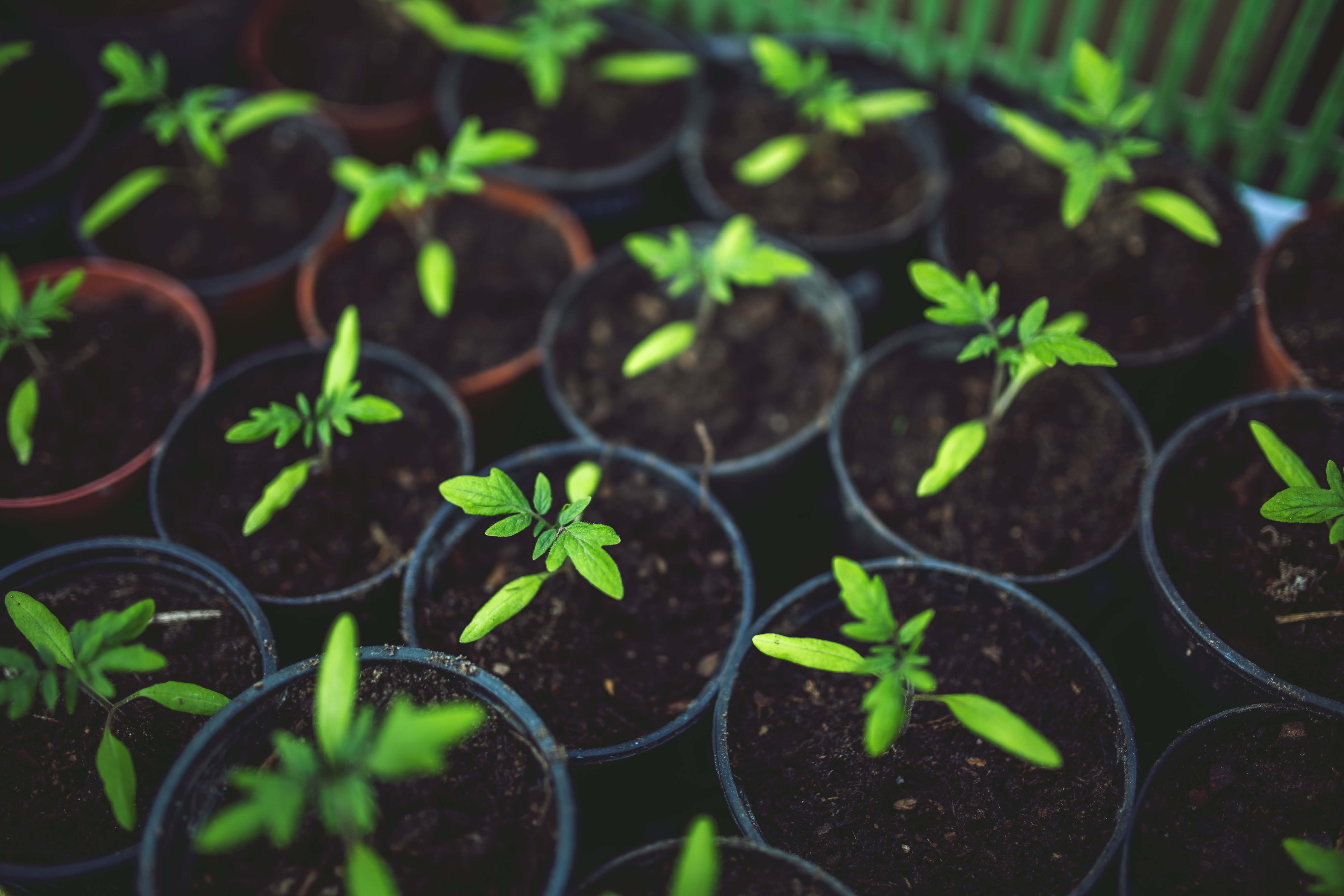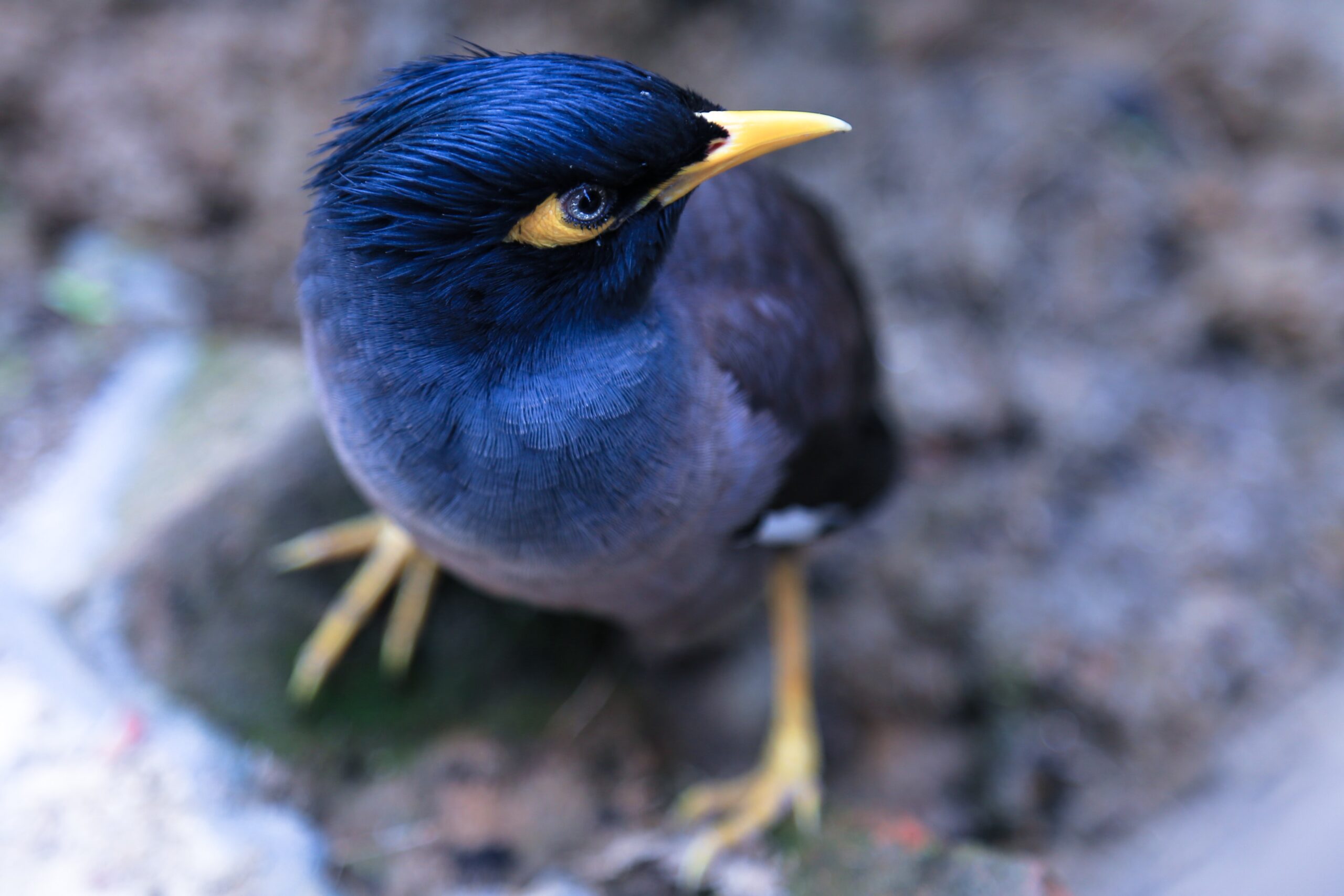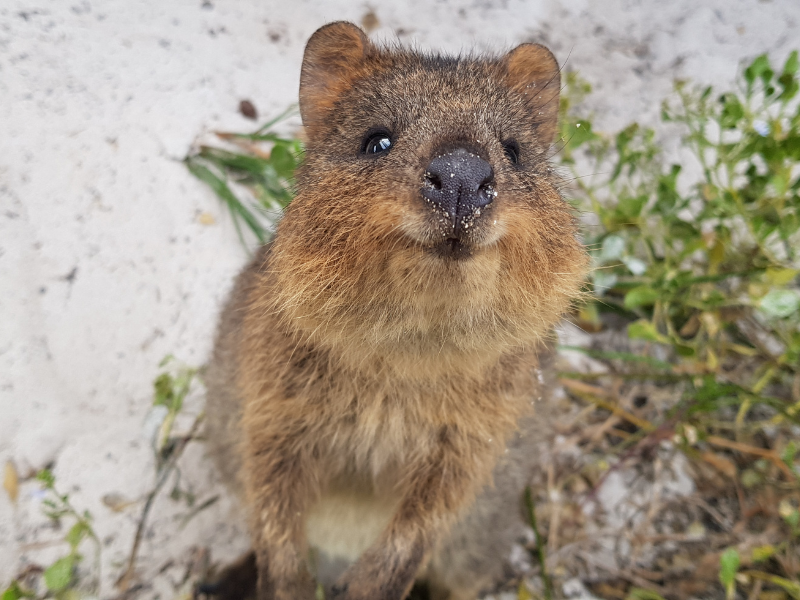Plant Buddies Curriculum Activity
Suitable for Primary (Years 3-6)
Victorian Curriculum Links:
Science
3-4: (VCSSU057)
5-6: (VCSSU074)
Design & Technologies
3-4: (VCDSTC025)
5-6: (VCDSTC035)
Activity Description
In the Plant Buddies activity students imagine that their table is a garden. The activity engages students in the careful planning of a vegetable garden according to the principles of companion planting. Students will design their gardens according to the plants that ‘like’ or ‘don’t like’ each other to identify the most productive and resilient arrangement.
Key Concepts
Vegetable Gardening, Food Production, Plants, Insects, Pest Species, Companion Planting, Organic Gardening
Key Learning Intentions
1. Students will will understand how food is produced in a managed environment
2. Students will be able to group plants according to their observable features
3. Students will be able to identify plant adaptations that allow them to survive in the environment
Suggestions for Assessment
Formative
1. Participation in the Plant Buddies activity
2.Completion of the Discussion questions below
Instructions
1. Match the Plants
Imagine your table is a garden. Read each plant card. Organise the different plants into an arrangement that will promote optimal plant health and growth.
2. Introduce the Pests
Pick up the insect cards and introduce them to your garden. If the plants are planted according to their information, the insects may not have an impact BUT the insects will feast if there are unprotected plants!
3. Discussion
1. Identify two plants that are grouped together and explain why they are suited to each other
2. Which of the following plants would be best to plant with cabbage?
a) Celery b) Cauliflower c) Broccoli d) Cabbage
3. How would you discourage aphids from your garden?
4. What can this activity teach us about vegetable gardening?
Suggested ResourceSmart Schools Module Links
Undertaking the activity as described above links to the ResourceSmart Schools Biodiversity Module – actions B1.2, B1.3,
Below is a list of extension activities that link to additional actions of the Biodiversity module:
Classroom
1. Create informative visual posters for each vegetable plant including their name, companion plants and the pests that like to feed on them. Display in the classroom or in the school’s veggie patch (ResourceSmart Schools Biodiversity Module – action A3.6)
2. Write a learning story about the school’s approach to companion planting and share these tips in your school newsletter for families to implement at home (ResourceSmart Schools Biodiversity Module – actions C1.1, C1.3, C3.6)
3. Invite local indigenous community group/s to share sustainable practices for the growing of food (ResourceSmart Schools Biodiversity Module – actions B1.5, B1.6)
Outdoor
4. Students plan a veggie garden in their school grounds based on the principles of companion planting (ResourceSmart Schools Biodiversity Module – actions A4.1, B1.4, C2.1)
5. Students conduct a survey of an existing veggie patch in the school grounds or in the local area and record the plants and insects they observe (ResourceSmart Schools Biodiversity Module – action B1.3)
6. Hold a working bee to implement a garden and invite the local community, including parents (ResourceSmart Schools Biodiversity Module – action C2.4)
Speak to your CERES ResourceSmart Schools Facilitator about further links to the Biodiversity Module.










